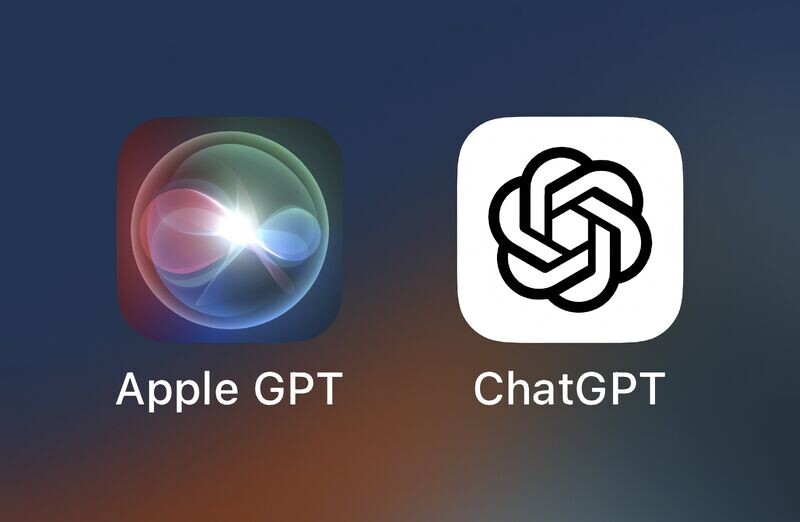OpenAI is expanding its Apple relationship beyond software integration by tapping Apple’s supply-chain partners to build “AI‑native” devices aimed for a late‑2026 to 2027 launch window, according to multiple reports, while the existing Apple–OpenAI partnership continues to bring ChatGPT into iOS, iPadOS, and macOS experiences like Siri and system writing tools. In short, expect OpenAI‑designed hardware influenced by Jony Ive’s design leadership and manufactured by Apple assemblers such as Luxshare and possibly Goertek, with timing still reported rather than officially confirmed. – Source
What’s confirmed
Apple and OpenAI announced in 2024 that ChatGPT would be integrated into Apple platforms, allowing Siri and systemwide writing tools to invoke GPT‑4o with privacy protections and optional account linking for subscribers. CNBC has also characterized OpenAI as Apple’s current Siri partner amid scrutiny of Apple’s evolving AI strategy, reinforcing the official integration already underway across Apple operating systems.

What’s reported for 2026–2027
Multiple outlets summarizing The Information’s reporting say OpenAI is targeting late 2026 to early 2027 for its first consumer devices, positioning them as AI‑native products rather than smartphone accessories. These reports emphasize that timing and product details remain subject to change and have not been formally announced by OpenAI with full specifications.
Hardware partners and supply chain
OpenAI has reportedly secured a manufacturing relationship with Luxshare, a major Apple assembler for iPhone and AirPods, and is in talks with Goertek for components like speaker modules, signaling large‑scale, Apple‑grade production capabilities. Coverage also notes recruitment of Apple hardware talent and use of Apple’s China supply chain, underscoring the shift from software to consumer hardware execution.
Role of Jony Ive and io Products
OpenAI merged with io Products in July 2025, a hardware venture led by former Apple design chief Jony Ive, with LoveFrom continuing to collaborate, giving OpenAI deep industrial design expertise for new devices. This alignment explains the consistent reports of premium hardware design ambitions and exploration of new AI‑first form factors beyond traditional smartphones.
Possible device concepts
Reports point to several prototypes and concepts under consideration, including a screenless smart‑speaker‑like device, smart glasses, a digital voice recorder, and a Humane‑style wearable pin, though only one is said to be in active prototype stage so far. Sam Altman has previously described the vision for a compact, context‑aware, screenless first device, with other form factors potentially following thereafter.
What “AI‑native” likely means
“AI‑native” in this context implies devices architected around on‑device and cloud AI for real‑time perception, conversation, and assistance, rather than retrofitting AI into legacy phone‑centric paradigms. Expect tight integration between microphones, sensors, and multimodal models to enable hands‑free tasks, ambient understanding, and proactive help across daily workflows.
Why Apple matters here
The Apple–OpenAI software partnership ensures ChatGPT access across Apple platforms today, giving OpenAI immediate reach and user trust through Siri and writing tools with privacy guardrails. On the hardware side, leveraging Apple’s top assemblers can compress development cycles and quality‑assurance hurdles typical of first‑time device makers.
Timeline and what to watch
Near term, the Apple integration of ChatGPT continues to roll out and evolve within iOS, iPadOS, and macOS, including Siri escalation to ChatGPT with explicit permissions and privacy protections. Through 2026–2027, watch for formal OpenAI hardware announcements, manufacturing confirmations from Luxshare/Goertek, and developer previews that clarify form factor, pricing, and availability.
Key caveats
Most 2026–2027 device details stem from sourcing in The Information and follow‑on reporting, so names, specs, and exact dates can shift before launch. OpenAI has not publicly disclosed full technical specifications, pricing, or final industrial designs for these devices at this time.
